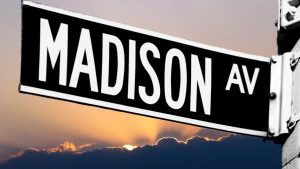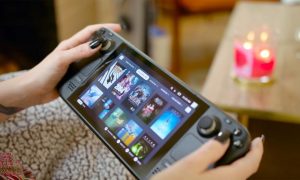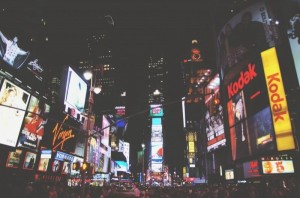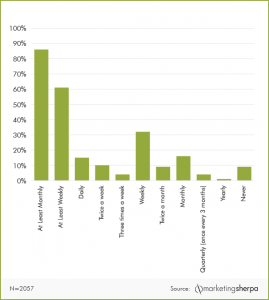Marketers Losing Millions From Slow-Loading Web Site Pages
by Laurie Sullivan @lauriesullivan, April 20, 2017
Most marketers know that the more slowly a Web site page loads in a browser, the more it can hurt the company’s bottom line, but new data reveals that the negative impact can occur much earlier than expected.
Slow loading pages with a 100-milisecond delay had major consequences in the ways that consumers interacted with Web sites and pages when on smartphones and tablets, with conversion rates falling 7% and nearly 4%, respectively, according to a report released by Akamai on behalf of SOASTA. The impact of a 2-second delay on conversion rates jumped to 36.5% on desktop and 26.2% on smartphones.
The insights come from the State of Online Retail Performance report, which details the time it takes for retail Web site pages to load in a browser and the effect on sales and bounce rates. The one-months-worth of anonymized beacon data came from Akamai customer retail Web sites based on permissions. SOASTA analyzed the data.
While 47% of all consumers browse on their phones, only 1 in 5 complete transactions on mobile. Pages that were visited by shoppers who made a purchase loaded 26% faster than those that did. The report lists average conversion rates (ACR) for each device type.
For desktop the ACR reached 4.1%; mobile, 1.4%; and tablet, 2.7%. The peak conversion time occurred when the desktop page loaded in 1.8 seconds, jumping to the highest conversation rate of 12.8%. On mobile, pages that loaded in 2.7 seconds experienced the highest conversion rate of 3.3%. And on tablets, pages that loaded in 1.9 seconds experienced the highest conversion rate at 7.2%.
The best load times for peak conversions ranged from 1.8 seconds to 2.7 seconds across device types. The best load times for lowest bounce rates ranged from 700 milliseconds to 1.2 seconds across all device types. Pages with the lowest bounce rates had start render times ranging from 0.9 seconds to 1.5 seconds.
The optimal load time, which correlated to a 14.1% bounce rate, was 700 milliseconds. Pages that loaded in 1.7 seconds experienced a median bounce rate of 21%, representing an increase of almost 50%. At 2.7 seconds, the bounce rate reached nearly 29% — representing a 103% increase.
The findings also correlate the page load time to the time consumers spend on the page. When the page has a two-second delay, consumers will spend 51% less time on the site. Faster Web sites and pages seem to prompt shoppers to spend more time on the site and visit more pages.
While the 100-millisecond slowdown had little to no impact on session length, the one- and two-second slowdown had significant effects.
The impact of a 1-second slowdown on the session length has a nearly a 25% effect when consumers visited the site on a desktop; nearly 25%, mobile; and 15%, tablet. The 2-second slowdown saw nearly 47% decrease for desktop; 51%, mobile; and nearly 38% for tablet.
MediaPost.com: Search Marketing Daily
(41)
Report Post






